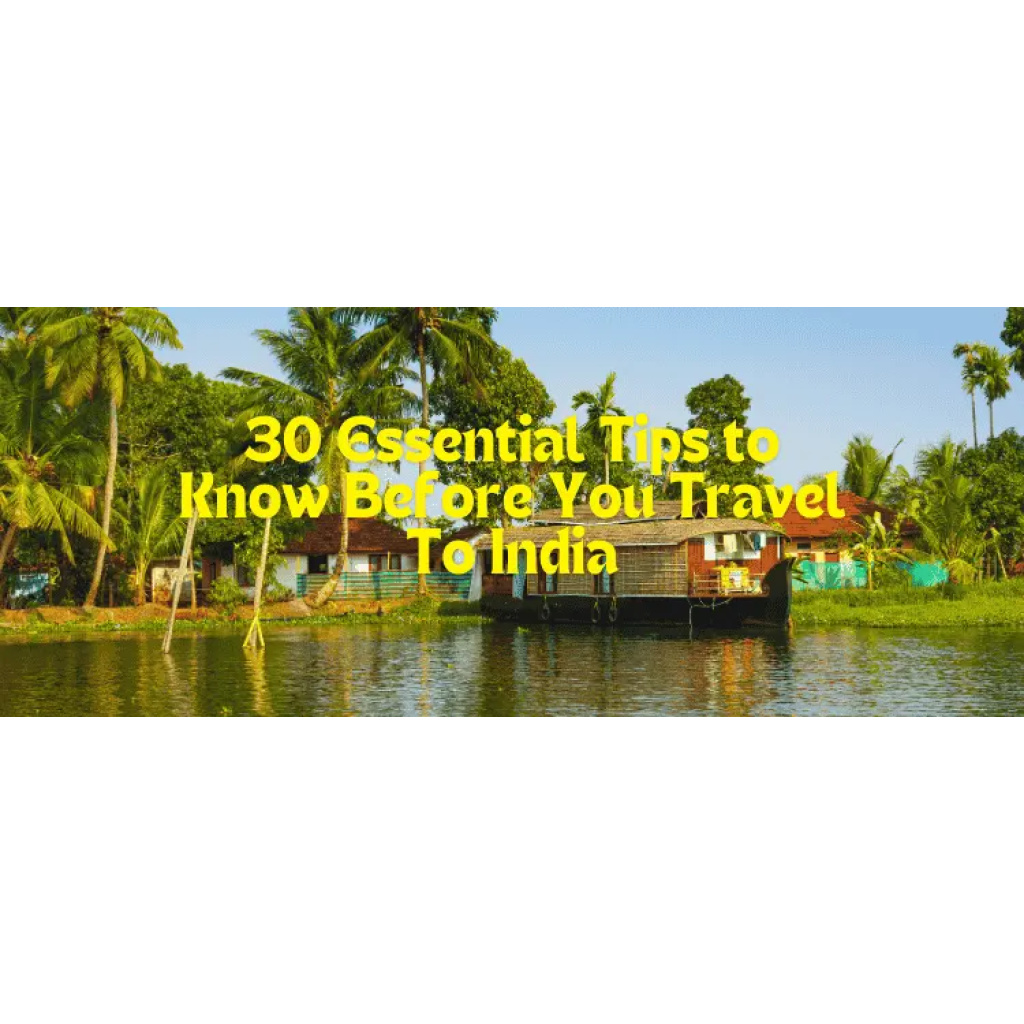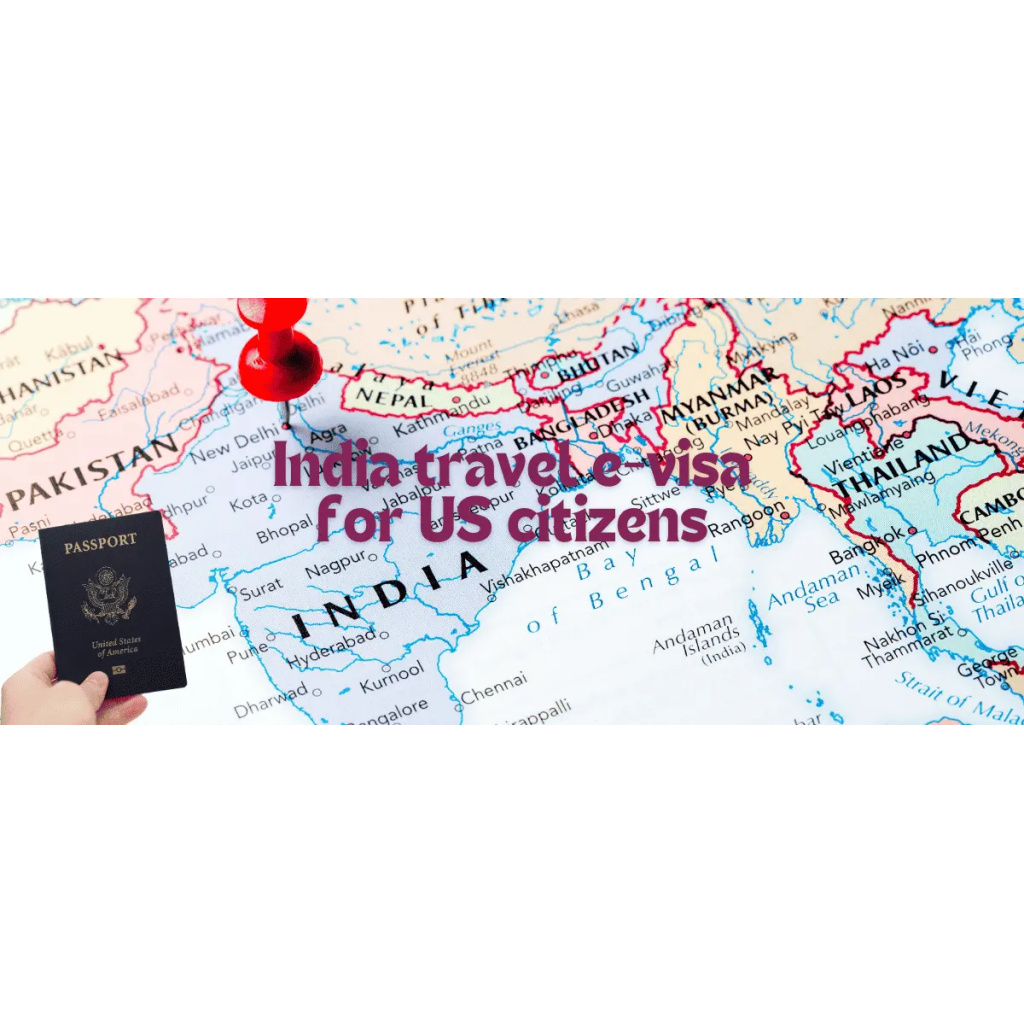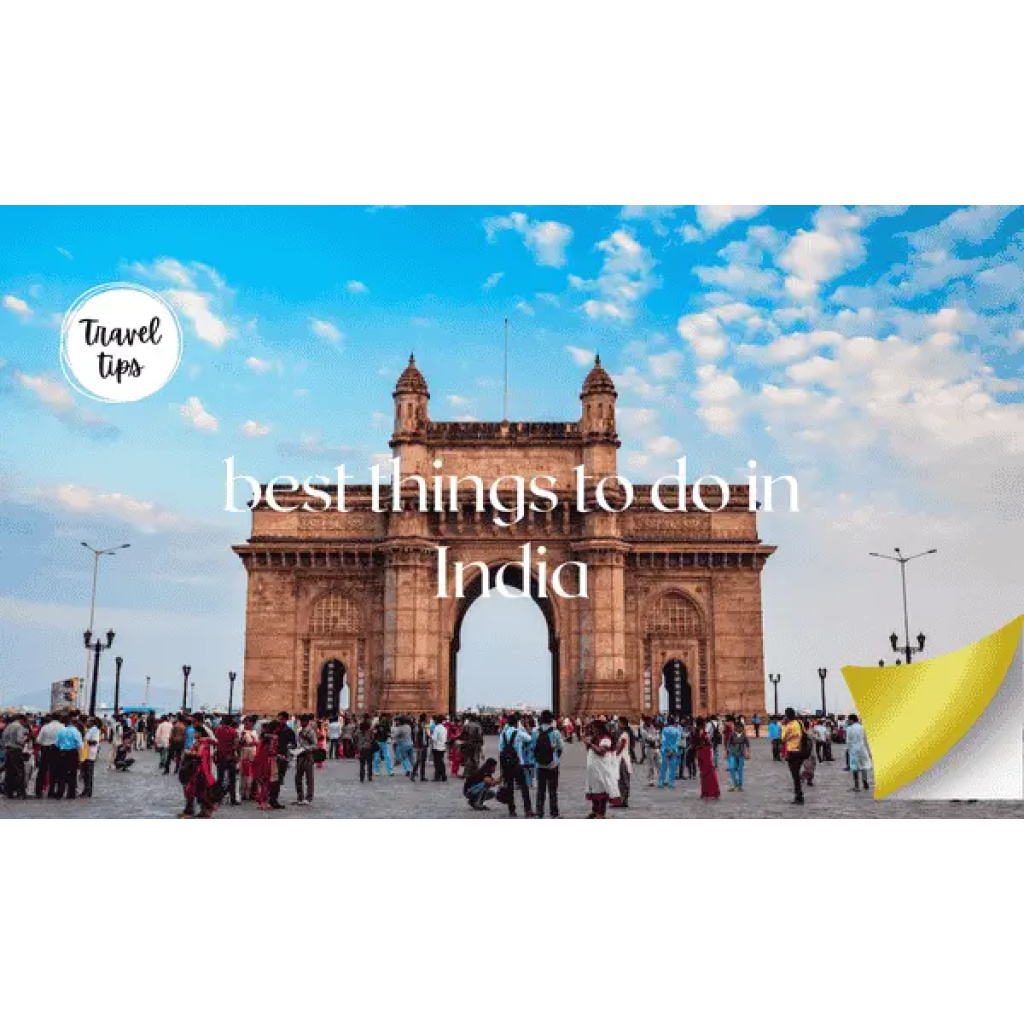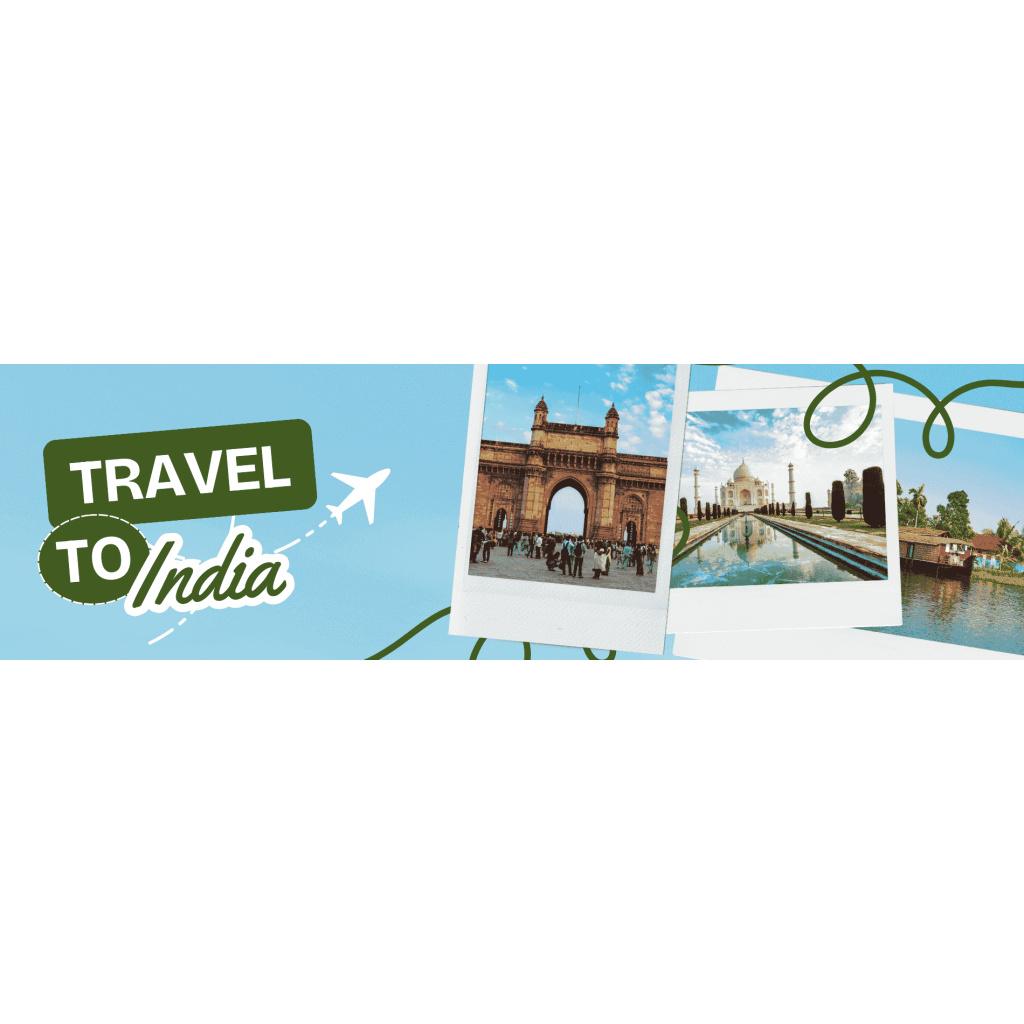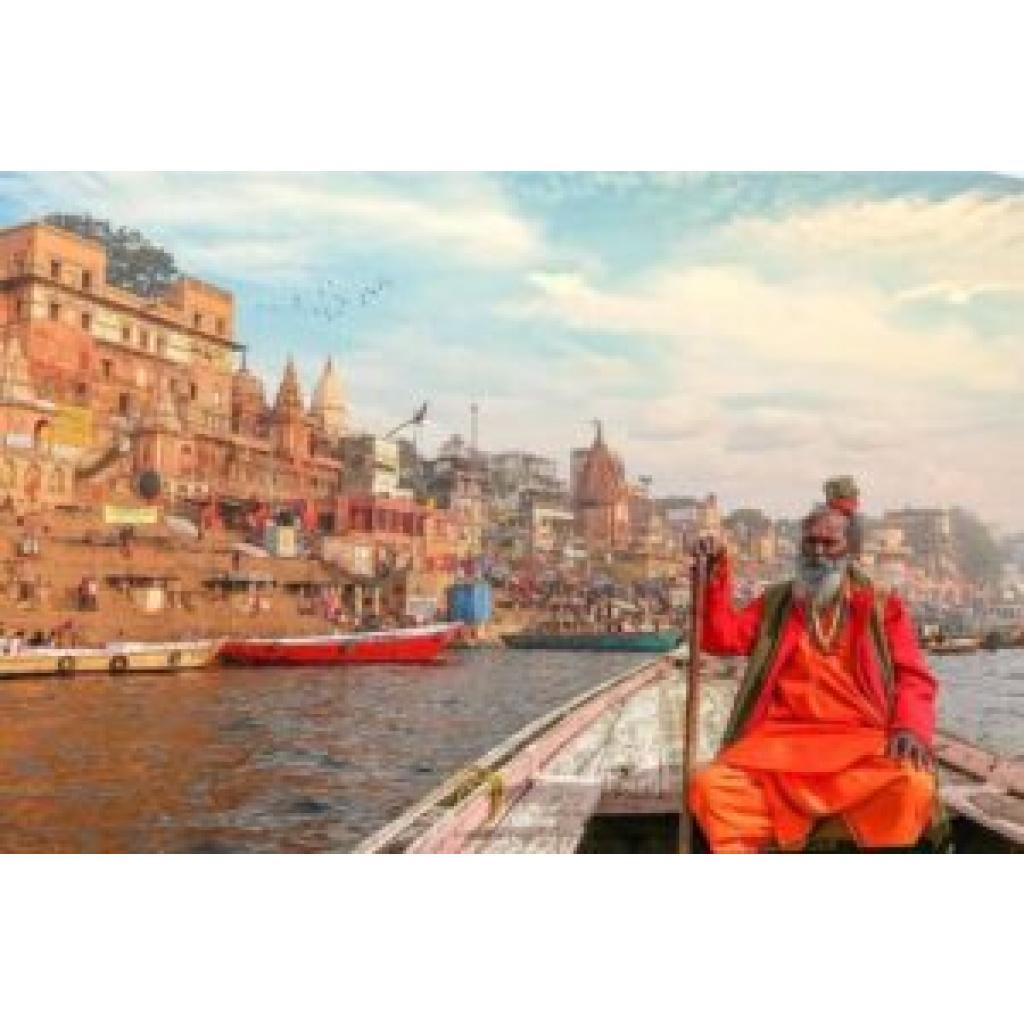30 Essential Tips to Know Before You Travel To India
India, a land of diverse cultures, rich history, and vibrant colors, has long been a top destination for travel to India for seeking new experiences. From the snow-capped peaks of the Himalayas to the serene backwaters of Kerala, every corner of this country offers a unique adventure waiting to be discovered. The aromatic spices blowing through crowded markets, the intricate architecture of ancient temples, and the warm hospitality of its people create an atmosphere that is both captivating and unforgettable. As you prepare for your travel to India, it’s important to have an open mind and be ready for the unexpected. This country will undoubtedly challenge your senses in ways you never imagined. From the noise of sounds on confused streets to the array of flavours that will leave your taste buds craving more. Explore each moment with curiosity and get yourself fully in the rich tapestry that is India’s culture. Remember that flexibility is key as plans may change at a moment’s notice but lead you on unexpected adventures that will forever stay with you. Also Read: India travel e-visa for US citizens 1. You will definitely need a visa You need to know that most countries require a visa in order to enter that country. One of the first things you need to do is to make sure that you have a visa before travel to India. There are two types of visa mostly travellers apply. One is an e-visa and another is a normal tourist visa. You must submit your proper documents in order to get Indian visa. 2. Preparing for your trip Planning for a trip to India involves much more than just booking flights and packing your bags. Understanding the local culture, customs, and etiquette can greatly enhance your experience. Researching about the destination you’re visiting in India, such as historical sites, famous landmarks, and local cuisines, can help you appreciate the country’s rich heritage even more. Packing smart is crucial when preparing for your trip to India. Make sure to pack comfortable clothing that respects local dress codes while considering the weather conditions of different regions in India. It’s also wise to carry important documents like passports, visas, travel insurance details, and emergency contacts in both physical and digital formats for easy access during your journey. Furthermore, familiarising yourself with basic phrases in Hindi or other regional languages spoken in the areas you plan to visit can go a long way in breaking down communication barriers and showing respect towards locals. Being open-minded and flexible throughout your preparations will allow you to embrace new experiences and make lasting memories during your travels in India. 3. Safety Tips before going out Dress comfortably and blend in, avoiding looking like a tourist. There are many expats in India, so a foreign face is common. If lost, ask a uniformed policeman or people nearby for directions. People in India are very friendly. Avoid poorly lit and empty areas at night. Walk in a group or with another traveller. Use a small digital camera that can be easily put away. Keep busy from November to February, so it’s better to book affordable accommodation in advance. You can book directly with the venues or use sites like Agoda and MakeMyTrip. It’s also a good idea to book train tickets early, especially for popular routes. You can book tickets through the government site IRCTC or local sites like 12Go or Cleartrip. 4. Take precautions from malaria To prevent malaria, talk to your doctor before travelling to India. Some areas like northeastern and eastern India and Mangalore have higher malaria risk. Protect yourself from mosquito bites to avoid diseases like dengue fever. Use a mosquito net, wear long sleeves and pants in light colours, and use insect repellent with DEET. 5. Ensure Travel Insurance Travel insurance is important in India. Public hospitals may not have that much good in some areas. Private clinics and hospitals usually need payment before treatment. Ensure you have coverage for emergency evacuation and any adventure activities. If you are a victim of crime, contact the local police or call 100 or 112, the national emergency number. You must have the police file a report (FIR) to claim on your travel insurance. 6. Book in advance for busy times and festivals Traveling in India during busy seasons or festivals can be exciting but also challenging. Booking your trip early is important. It helps you plan your travel around the many events happening around you. Festivals like Diwali and Holi fill cities with color and joy, attracting both locals and tourists. By reserving your accommodations in advance, you ensure a place to stay and increase your chances of finding hotels or homestays that offer special events or local experiences. Planning ahead lets you choose better locations that may fill up quickly. 7. Ready to deal with Strangers When you’re in India, it’s exciting to connect with locals and be invited to their home for a meal. In Indian society, many generations often live together. You’ll notice the warmth and hospitality shown towards you. Most Indians believe that guests are like gods. Keep in mind that not all invitations are equal. It’s safer to accept dinner or lunch invites from educated couples or women rather than men. If you’re invited on a bus or train, it’s best to refuse unless the person seems educated and from a higher social class. Avoid accepting food or drinks while travelling, especially on trains, as they could be drugged to rob you while you’re asleep. 8. Get Ready to deal with the Beggars Beggars can be touching but also annoying if they won’t go away. The Indian government is working to reduce begging by helping beggars find other ways to make a living. It’s better not to give them money. Instead, you can give them sweets, chocolates, or fruits if you want to help. Avoid talking about their personal background. There are some organizations in India that help beggars. 9.

